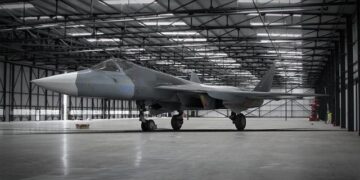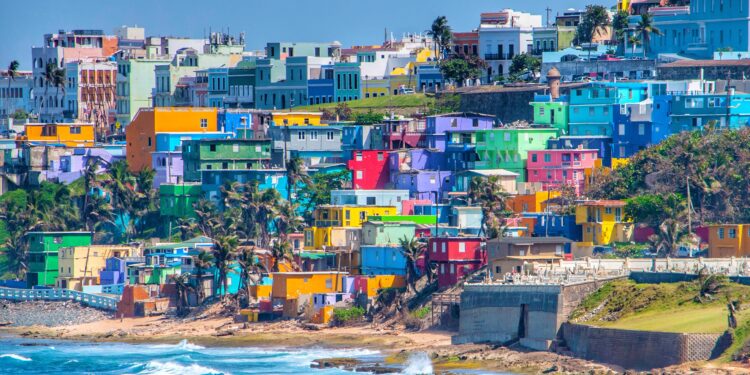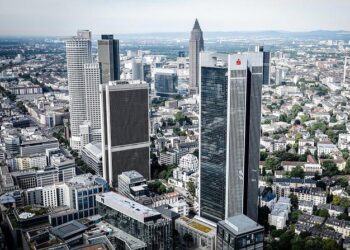Puerto Rico’s Manufacturing Revolution: A Response to Economic Struggles
Amid rising economic challenges intensified by global trade disputes, Puerto Rico is strategically shifting its focus towards manufacturing as a means to rejuvenate its economy. Traditionally dependent on tourism and agriculture, the island is now prioritizing the development of manufacturing sectors such as pharmaceuticals, electronics, and textiles. This transition aims not only to generate employment opportunities but also to lessen reliance on imported products—an essential step toward enhancing local economic stability.
The government is actively promoting both domestic and foreign investments in manufacturing through a variety of tax incentives and simplified regulations. Notable initiatives include:
- Manufacturing Tax Incentives: Attracting businesses to establish operations in Puerto Rico.
- Skill Development Programs: Training residents to align with industry needs.
- Collaborations with Educational Institutions: Encouraging innovation and research that enhance production efficiency.
This commitment to a manufacturing-focused strategy positions Puerto Rico advantageously within the global market while leveraging its geographic location and competitive labor costs, ultimately aiming for sustainable growth amid ongoing economic uncertainties worldwide.
Impact of Trade Disputes on Puerto Rico’s Economy
The recent surge in tariff-related tensions has profoundly affected Puerto Rico’s trade dynamics, compelling the territory to reassess its economic strategies. While mainland U.S. industries have felt these tariffs’ effects acutely, Puerto Rico has found itself uniquely positioned to pivot towards manufacturing, viewing it as a pathway for revitalization. Local authorities are emphasizing the need for strengthening domestic manufacturing capabilities by relocating supply chains disrupted by these trade conflicts. This strategic shift aims not only at reducing dependence on foreign imports but also at capitalizing on favorable tax conditions and an adept workforce available on the island. Key sectors gaining traction include pharmaceuticals and electronics—industries vital for maintaining competitive edges globally.
In response to these challenges, several proactive strategies have emerged that highlight Puerto Rico’s determination to adapt effectively:
- Infrastructure Investment: Upgrading transportation networks and communication systems for improved trade facilitation.
- Cultivating Workforce Skills: Implementing training programs tailored toward equipping locals with necessary skills in manufacturing fields.
- Diversifying Export Markets: Encouraging local manufacturers to explore opportunities beyond U.S borders, particularly targeting growing markets in Latin America.
Aiming for a robust manufacturing foundation will enable Puerto Rico not only to mitigate adverse tariff impacts but also align itself with potential shifts in U.S trade policies favoring local production moving forward. As it navigates this intricate economic terrain, its adaptability could serve as an exemplary model for other regions facing similar international trade challenges.
Strategies for Sustainable Growth in Manufacturing Sector of Puerto Rico
A comprehensive approach is crucial for enhancing sustainability within Puerto Rico’s manufacturing sector. Foremost among these strategies should be an emphasis on investing in renewable energy sources like solar or wind power; this transition can significantly lower operational expenses over time while boosting competitiveness among local manufacturers. Additionally, forging partnerships with universities can stimulate innovation regarding advanced production techniques and materials conducive to environmentally friendly practices.
A further recommendation involves supporting local enterprises through incentives aimed at adopting sustainable practices alongside implementing principles of a circular economy which promote waste reduction along with resource optimization efforts.
The establishment of training programs focused on upskilling workers regarding advanced methodologies will ensure that residents are equipped not just locally but globally competitive while simultaneously creating job prospects.
A collaborative framework involving government entities alongside private sectors can lay down effective pathways toward sustainable growth—ultimately solidifying Puerto Rico’s standing within the broader landscape of global manufacturing.
Conclusion: Navigating Economic Transformation
As it confronts complex shifts within its economy, Puerto Rican leaders’ pivot towards bolstering their manufacturing sector signifies both significant hurdles ahead yet promising opportunities too. With escalating tariffs coupled alongside various pressures stemming from ongoing international disputes under previous administrations influencing policy directions—the embrace shown by businesses towards revitalizing their economies via enhanced job creation reflects resilience amidst uncertainty.
While navigating forward remains challenging due largely because unpredictability looms large—the dedication exhibited throughout various initiatives may provide foundational support necessary toward achieving long-term sustainability goals.
As this territory charts new paths amid evolving geopolitical landscapes—the commitment displayed towards fostering innovation combined alongside increased production capabilities could illuminate hopeful prospects ahead—not just locally—but resonating across interconnected realms shaping our globalized economies today.






























